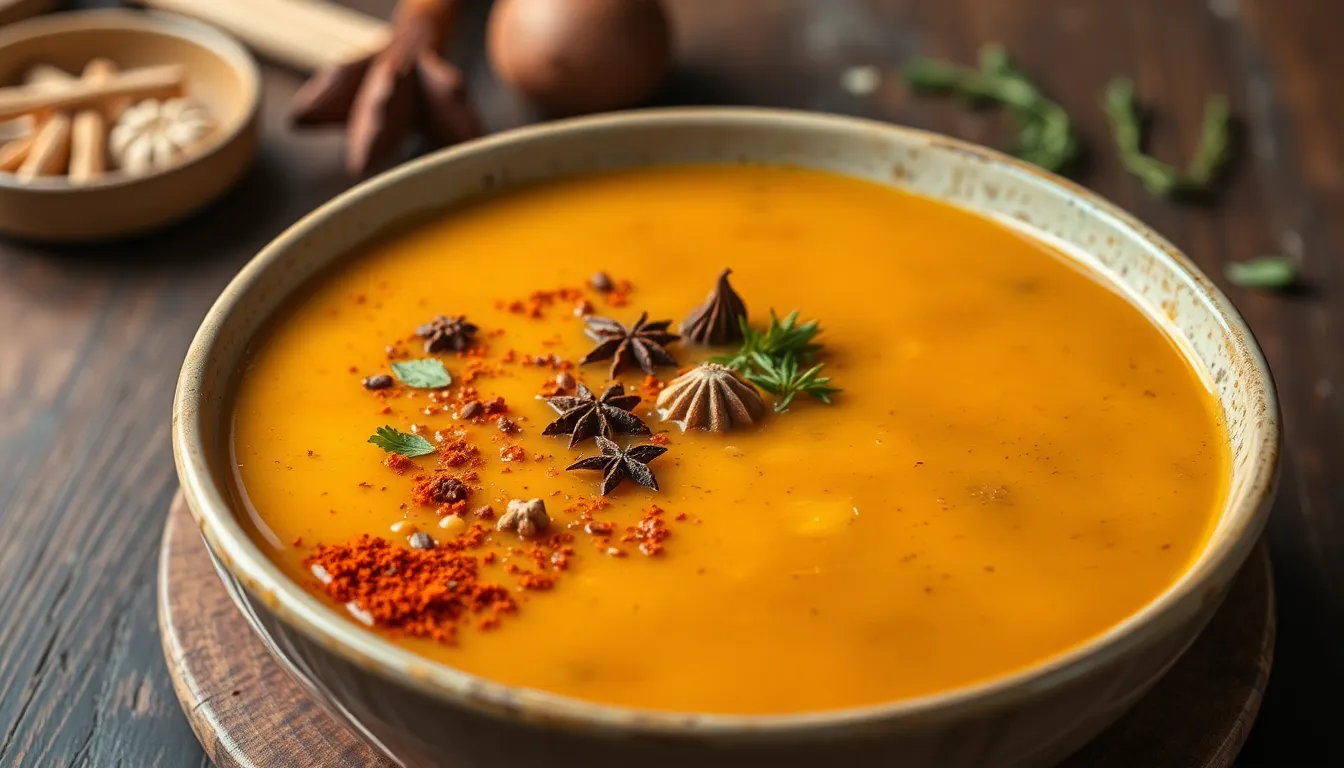Cooking with Dried Seeds: Tips and Techniques
Dried seeds are an often-overlooked ingredient in the culinary world. These tiny powerhouses not only add texture and flavor but also pack a nutritional punch that can benefit your health in numerous ways. Incorporating dried seeds into your diet can help enhance your meals and offer a wealth of health benefits. In this article, we will explore various types of dried seeds, how to prepare them for cooking, and effective techniques to incorporate them into your dishes.
Section 1: Types of Dried Seeds
Subsection 1.1: Popular Dried Seeds
When it comes to dried seeds, some varieties have gained popularity for their nutritional benefits and culinary versatility. Here’s a closer look at some of the most commonly used seeds:
- Chia Seeds
- Nutritional Profile: Rich in omega-3 fatty acids, fiber, and protein.
- Culinary Uses: Perfect for smoothies, puddings, and as a thickening agent.
- Flax Seeds
- Nutritional Profile: High in omega-3 fatty acids, lignans, and fiber.
- Culinary Uses: Great for baking, smoothies, and as an egg substitute in vegan recipes.
- Pumpkin Seeds (Pepitas)
- Nutritional Profile: High in magnesium, zinc, and protein.
- Culinary Uses: Excellent in salads, granola, or roasted as a snack.
- Sesame Seeds
- Nutritional Profile: Good source of calcium, iron, and magnesium.
- Culinary Uses: Commonly used in Asian dishes, salads, and as a topping for bread.
Subsection 1.2: Lesser-Known Seeds
While the popular seeds are well-known, there are several lesser-known varieties worth exploring:
- Hemp Seeds
- Where to Find: Health food stores or online retailers.
- How to Use: Great in smoothies, salads, or as a topping for yogurt.
- Sunflower Seeds
- Where to Find: Grocery stores, often in bulk bins.
- How to Use: Perfect for snacking, baking, or sprinkling on salads.
- Caraway Seeds
- Where to Find: Spice aisles in grocery stores.
- How to Use: Ideal for flavoring bread, stews, and sauerkraut.
HTML Table: Nutritional Comparison of Common Dried Seeds
| Seed Type | Protein (g) | Fiber (g) | Omega-3 (g) | Calories |
|---|---|---|---|---|
| Chia | 4.7 | 10.6 | 4.9 | 138 |
| Flax | 5.2 | 7.7 | 6.3 | 150 |
| Pumpkin | 7.0 | 1.1 | 0.1 | 151 |
| Sesame | 5.0 | 4.4 | 0.1 | 573 |
Section 2: Preparing Dried Seeds for Cooking
Subsection 2.1: Soaking and Sprouting
Soaking and sprouting seeds is a simple yet effective way to maximize their nutritional potential and enhance their digestibility. Here’s a breakdown of the process:
Benefits of Soaking Seeds
- Rehydrates the seeds, making them easier to digest.
- Reduces anti-nutrients that can inhibit nutrient absorption.
- Enhances flavor and texture for culinary applications.
Step-by-Step Guide to Soaking and Sprouting Seeds
- Select Your Seeds: Choose the seeds you want to soak.
- Rinse Seeds: Rinse them under cold water to remove any dirt or debris.
- Soak in Water: Place the seeds in a bowl and cover them with water. Let them soak for 4-12 hours, depending on the seed type.
- Drain and Rinse: After soaking, drain the water and rinse the seeds again.
- Sprouting: Place the seeds in a sprouting jar or a mesh colander, and keep them in a warm, dark place. Rinse them every 8-12 hours until sprouts form.
- Store: Once sprouted, store them in the refrigerator and use within a few days.
Subsection 2.2: Roasting and Toasting
Roasting and toasting seeds intensify their flavor, making them a delightful addition to various dishes. Here are techniques to do it right:
Techniques for Roasting Seeds
- Preheat Oven: Set your oven to 350°F (175°C).
- Spread Evenly: Spread seeds in a single layer on a baking sheet.
- Add Oil and Seasoning: Drizzle with olive oil and sprinkle with salt or other spices.
- Roast: Bake for 10-15 minutes, stirring occasionally, until golden brown.
- Cool: Allow to cool before storing in an airtight container.
How to Properly Toast Seeds without Burning Them
- Use a Skillet: Heat a dry skillet over medium heat.
- Add Seeds: Add seeds and stir constantly for 3-5 minutes.
- Watch Closely: Remove from heat once they’re fragrant and lightly browned.
Section 3: Cooking Techniques with Dried Seeds
Subsection 3.1: Incorporating Seeds into Dishes
Now that you’ve prepared your seeds, it’s time to incorporate them into your meals! Here are some delicious ideas:
- Salads: Sprinkle chia or pumpkin seeds over salads for added crunch and nutrition.
- Smoothies: Blend flax seeds into smoothies for a nutrient boost.
- Baked Goods: Add sunflower or sesame seeds to bread, muffins, and cookies for texture and flavor.
Creative Seed-Infused Recipe Ideas
| Recipe | Main Seeds Used | Cooking Method |
|---|---|---|
| Chia Pudding | Chia | Soak overnight in milk or a plant-based alternative. |
| Flaxseed Bread | Flax | Bake with flour, water, and other ingredients. |
| Pumpkin Seed Granola | Pumpkin | Mix and bake with oats, honey, and spices. |
| Sesame-Crusted Tofu | Sesame | Coat tofu and pan-fry or bake. |
In conclusion, dried seeds are a versatile and nutritious ingredient that can elevate your culinary creations. By understanding the different types of seeds, how to prepare them, and innovative ways to use them in your meals, you can easily incorporate these tiny powerhouses into your diet. Whether you’re looking to boost your protein intake, add healthy fats, or simply enjoy new textures and flavors, dried seeds are an excellent choice. Happy cooking!




